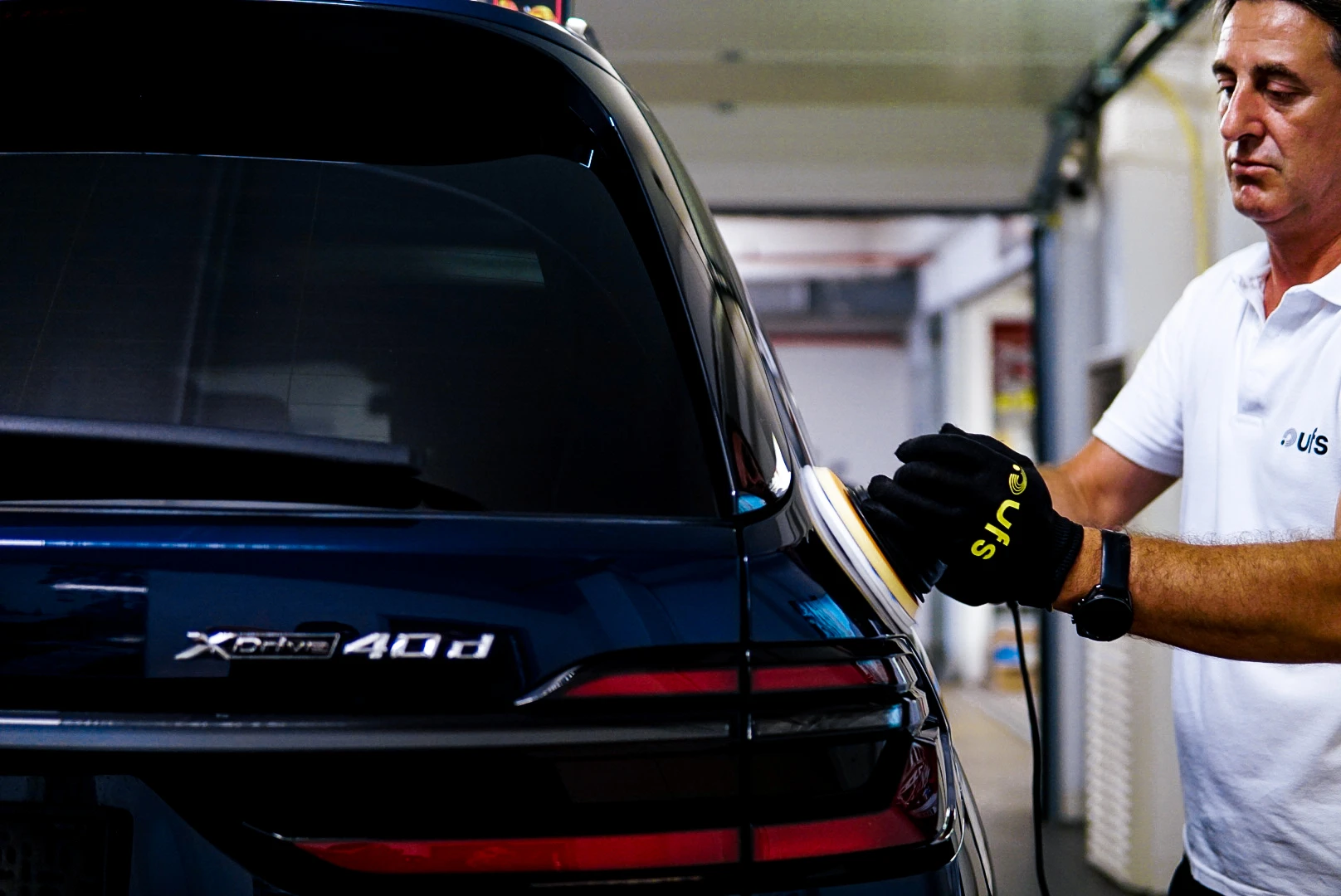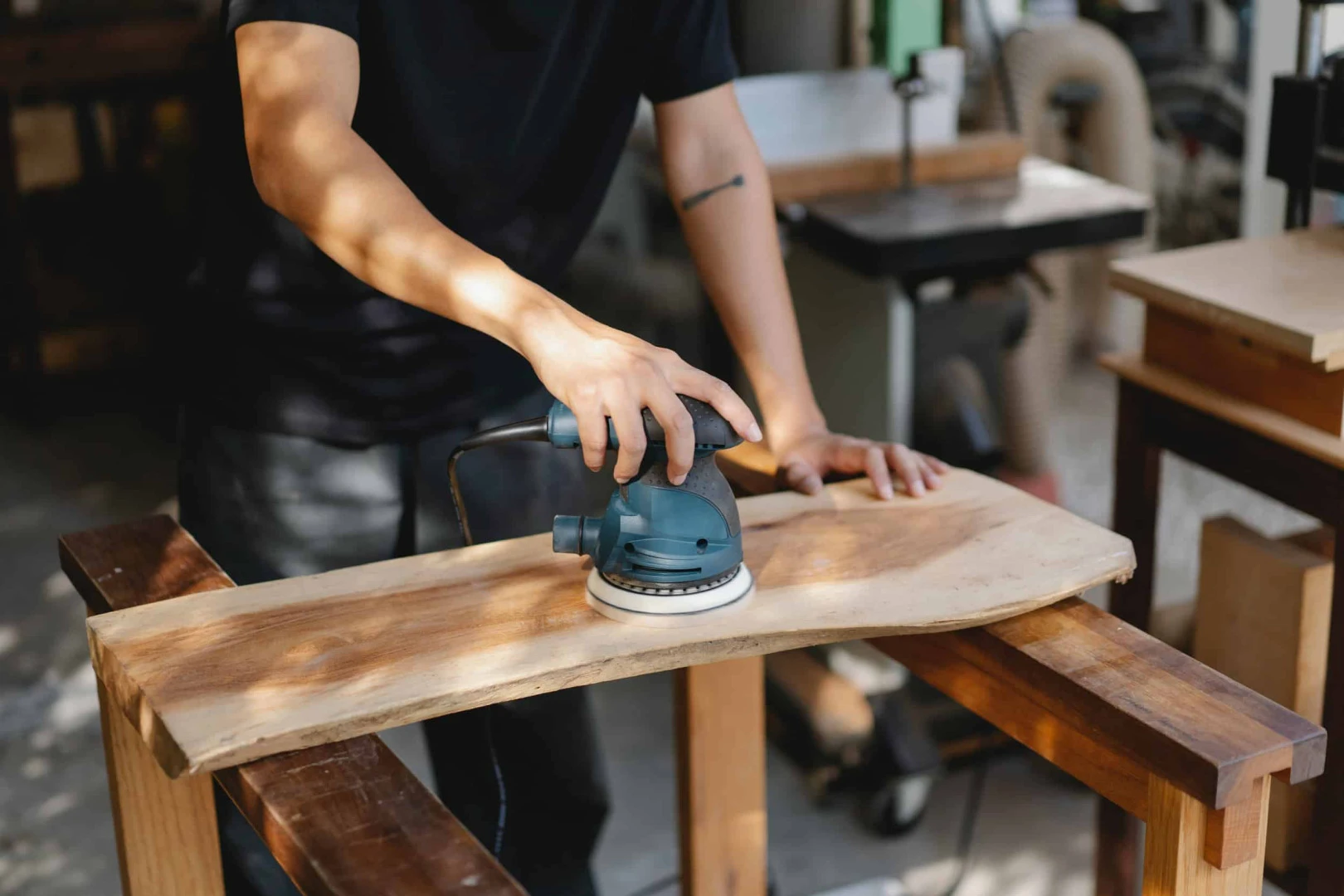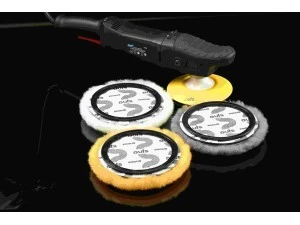Polishing is an essential process used to make surfaces smooth and glossy. Applying the right polishing techniques, especially on edges and curved areas, makes a significant difference in the quality of the final result. These regions are often difficult to reach and require delicate handling; using incorrect techniques or equipment can lead to undesired outcomes. When polishing edges and curved areas, it is important to consider the type of material and surface characteristics. The correct choice of equipment and abrasives increases efficiency while ensuring the surface is treated without damage. Throughout this article, we will examine in detail the proper polishing techniques and strategies for edges and curved areas. This text will serve as a guide, especially for those aiming to achieve an aesthetic and high-quality surface finish. Understanding the importance behind the polishing process is a critical factor for practitioners to select the right techniques.
Common Challenge of Complex Surfaces: Edges and Curves
Edges and curved surfaces are among the most challenging areas for polishing. These surfaces often have irregular, textured, or intricate details, making effective polishing difficult. One of the most common issues that arise during the treatment of edges and curves is material wear or damage. Without sufficient attention, the surface may develop marks, pits, or rough spots. The size and shape of the equipment used directly affect the ability to work these areas. Especially on curved surfaces, losing focus or using incorrect techniques can lead to unwanted results. Therefore, applying specialized techniques and selecting appropriate tools for edges and curves is highly important. The right approach ensures that these difficult surfaces achieve an aesthetic and high-quality appearance.
The Importance and Challenges of Polishing Curved Surfaces
Polishing curved surfaces is of great aesthetic importance but also comes with various challenges. Such surfaces usually require polishing to achieve a uniform appearance and proper light reflection. A well-executed polishing process enhances the gloss of curved surfaces, increasing the overall visual appeal of the design. However, due to their shape, if care is not taken during the process, unwanted marks or irregularities may occur. The challenge lies in ensuring that the tools and techniques used perfectly adapt to the shape of the surface. The inner parts of curves are usually the hardest areas to reach, requiring special attention for proper treatment.
The importance of polishing extends beyond aesthetics—it is also critical for material preservation. When done correctly, polishing processes the surface without causing damage, thereby extending the lifespan of the material. Thus, choosing the right equipment and techniques for curved surfaces is essential for achieving a high-quality finish.
Why Do Edges and Curves Require Separate Polishing Techniques?
Edges and curved areas require different polishing techniques due to their unique characteristics. Edge regions are usually sharper and more defined, so they must be polished precisely and delicately. Sharp edges can easily be damaged or rounded if the wrong equipment or methods are used. In contrast, curved surfaces feature naturally rounded and sloping forms, demanding more careful and gentle approaches. When polishing curved areas, softer and more adaptive techniques should be used to ensure all contours are evenly treated.
Selecting suitable equipment and abrasives for both areas reduces the difficulty of the task and improves the quality of the outcome. Applying different techniques tailored to edges and curves ensures that each surface is treated appropriately, achieving a smooth and visually appealing result. Depending on the material type and surface properties, this approach increases process efficiency and elevates the overall finish quality.
Effective Polishing Strategies for Edges and Curved Areas
Developing the right polishing strategies for edges and curved areas is crucial to enhancing surface quality and aesthetics. First, the type of equipment and abrasives should be chosen based on the characteristics of the area to be polished. For edges, more precise and less aggressive surface treatment methods are recommended, while for curved areas, more flexible and adaptive tools should be used. Before polishing, surfaces must be properly cleaned and prepared. A clean surface delivers better results and helps extend the lifespan of the tools.
Among your strategies, finding the right balance between speed and pressure is also essential. Excessive pressure or high speed can damage the surface, while too little may yield unsatisfactory results. Taking short breaks and maintaining careful control throughout the process is equally important. Using Crater pads for polishing is a safe and effective method, especially for edges. Lambskin polishing pads enhance precision in these areas and allow the surface to be treated without damage. With the right strategies, high-quality polishing results can be achieved on both edges and curved surfaces.
Step-by-Step Edge Polishing with Crater Pad
The Crater pad stands out as one of the most effective materials for edge polishing. Its design enables safe and precise polishing along edges. Follow these steps for an optimal edge polishing process:
First, clean the edges thoroughly before polishing to prevent dirt and residue from causing damage. Then prepare the appropriate equipment and Crater pad, ensuring that you have selected the correct abrasive compound for the surface type.
When beginning the polishing process, work at a low speed with gentle pressure. Carefully move along the edges, progressing slowly where needed. The Crater pad helps achieve a smooth surface finish on edges, while the lambskin polishing pad provides gentle yet effective treatment without harming the material. After finishing, clean the surface again to remove any remaining residue. Finally, assess the polishing results and perform additional steps if necessary. Polishing with the Crater pad delivers aesthetic and high-quality results, making it an indispensable method for those who value fine detailing.




